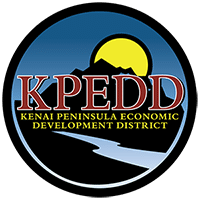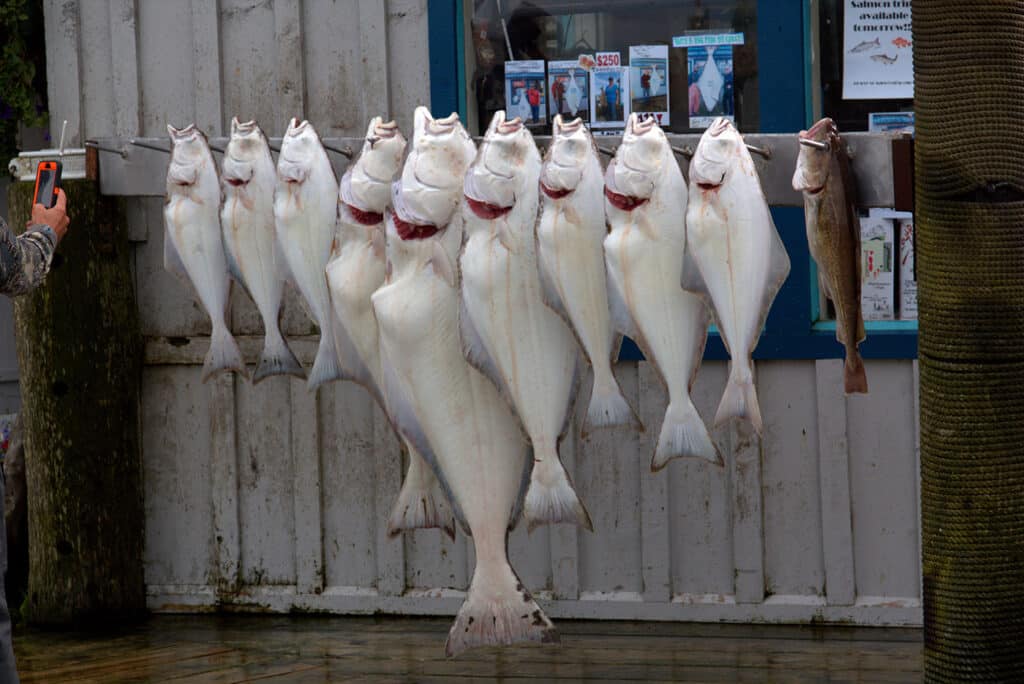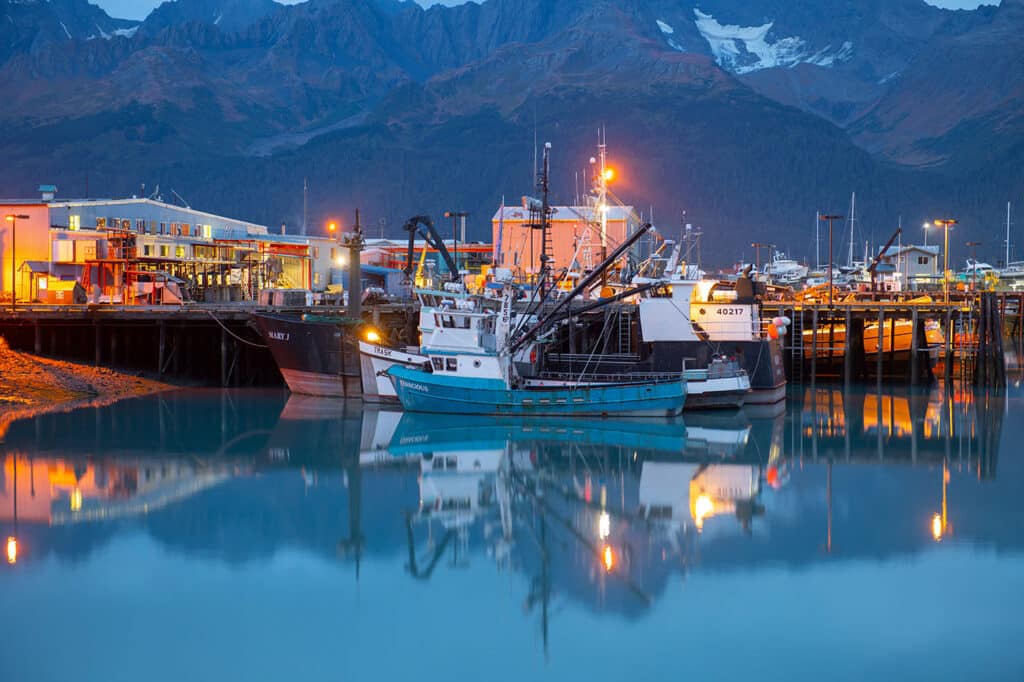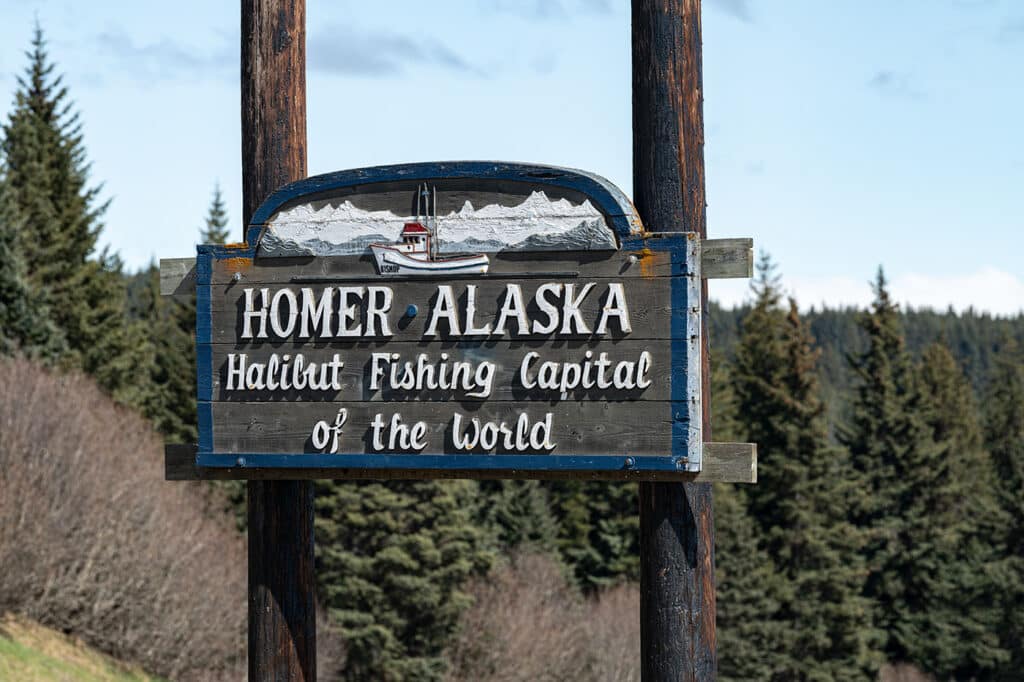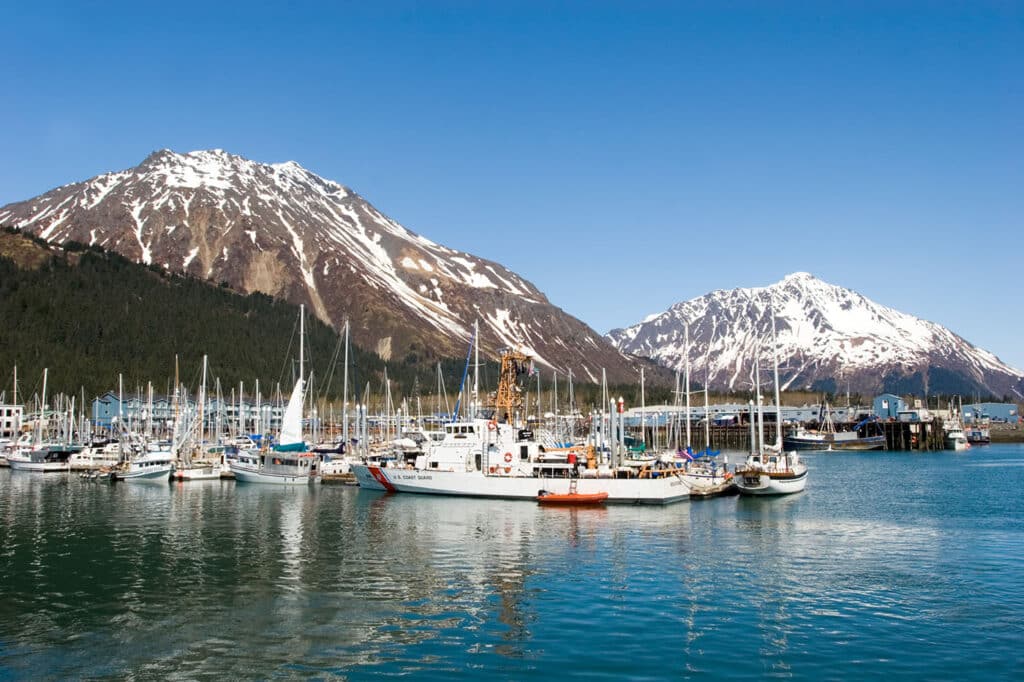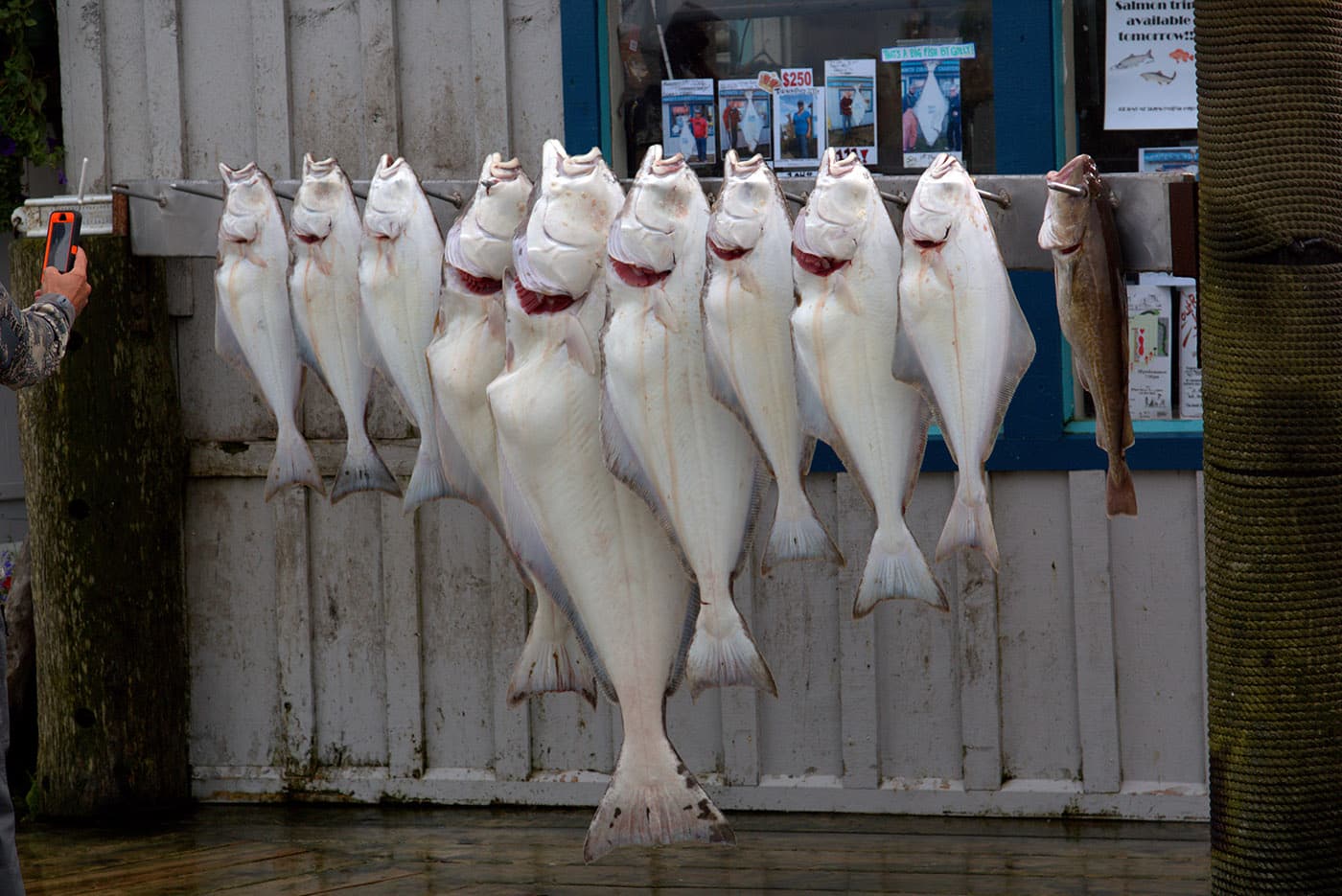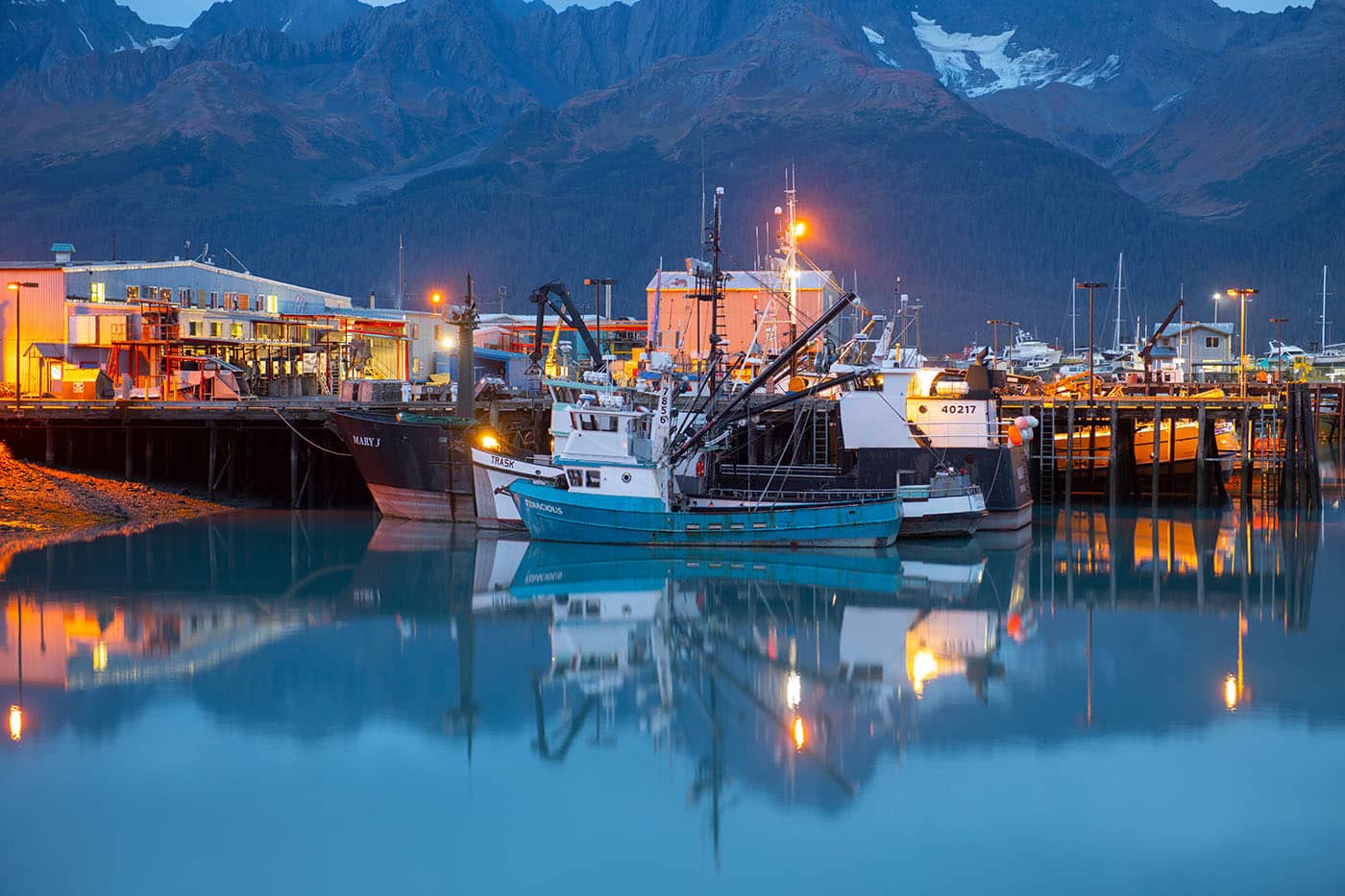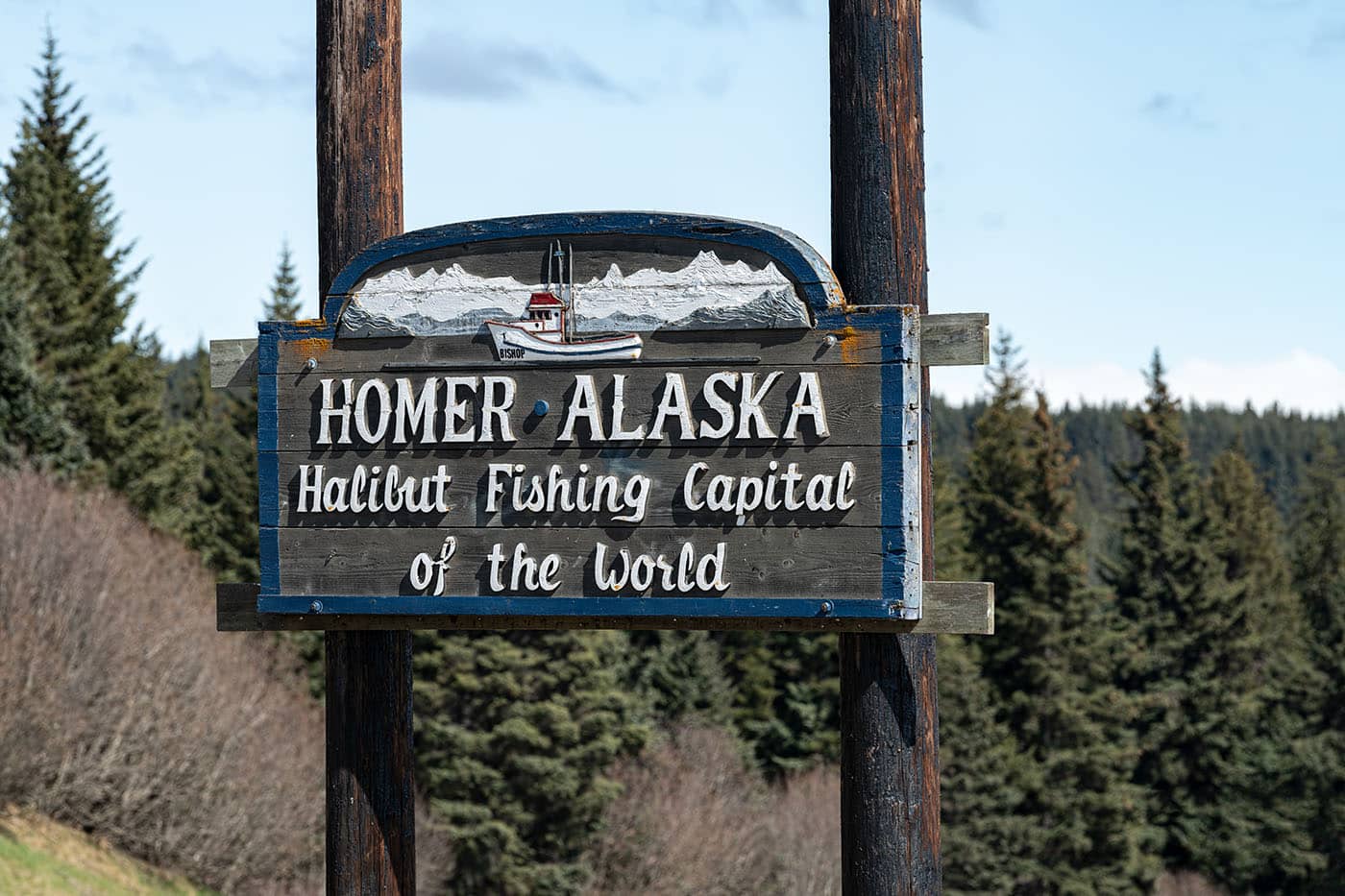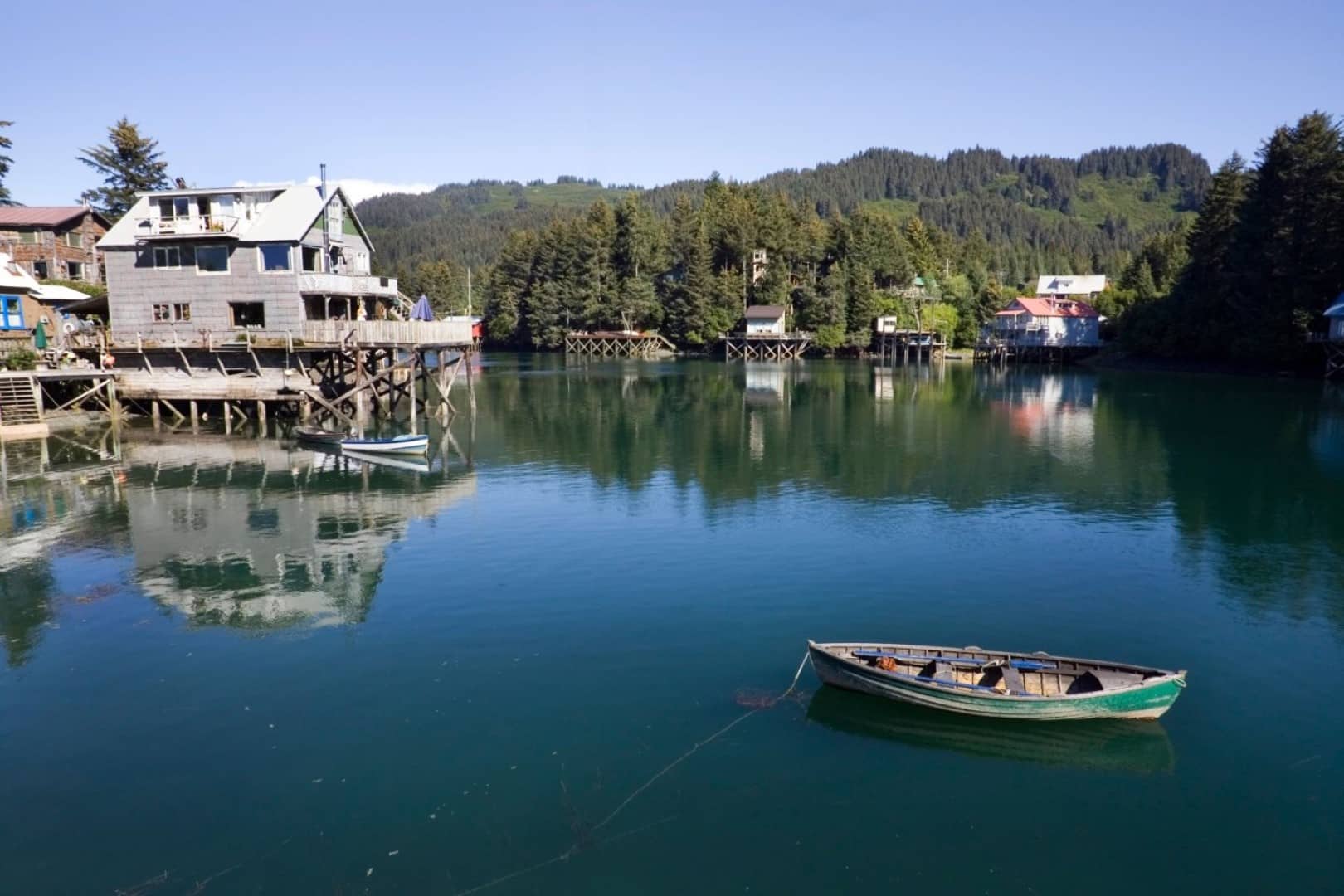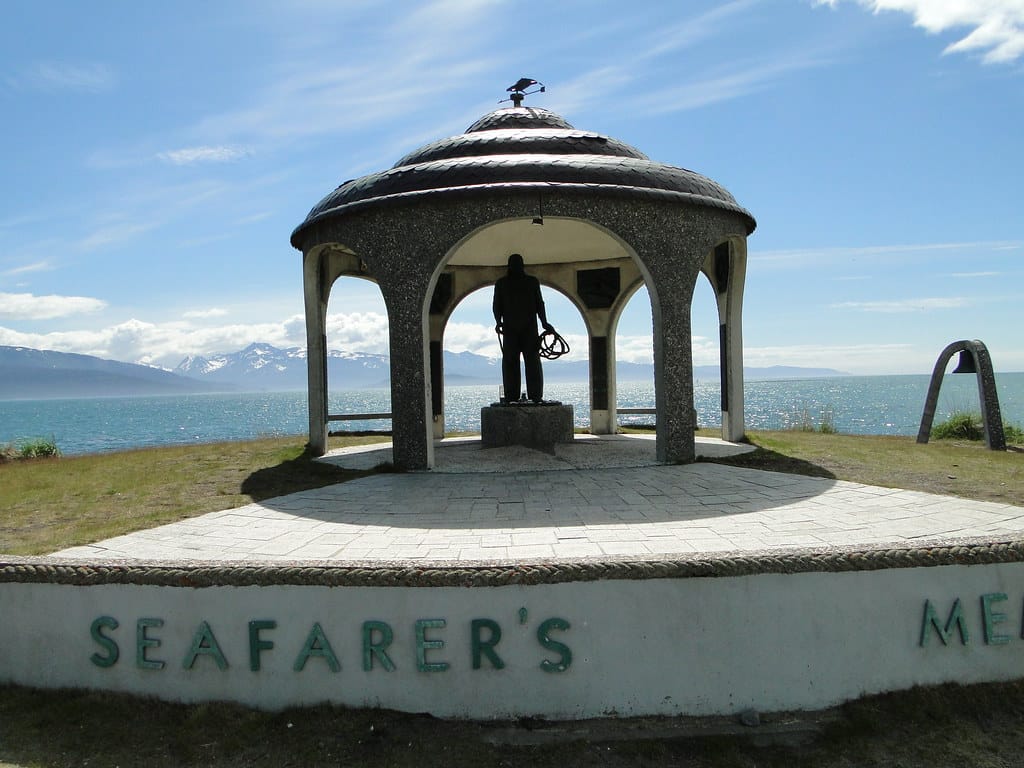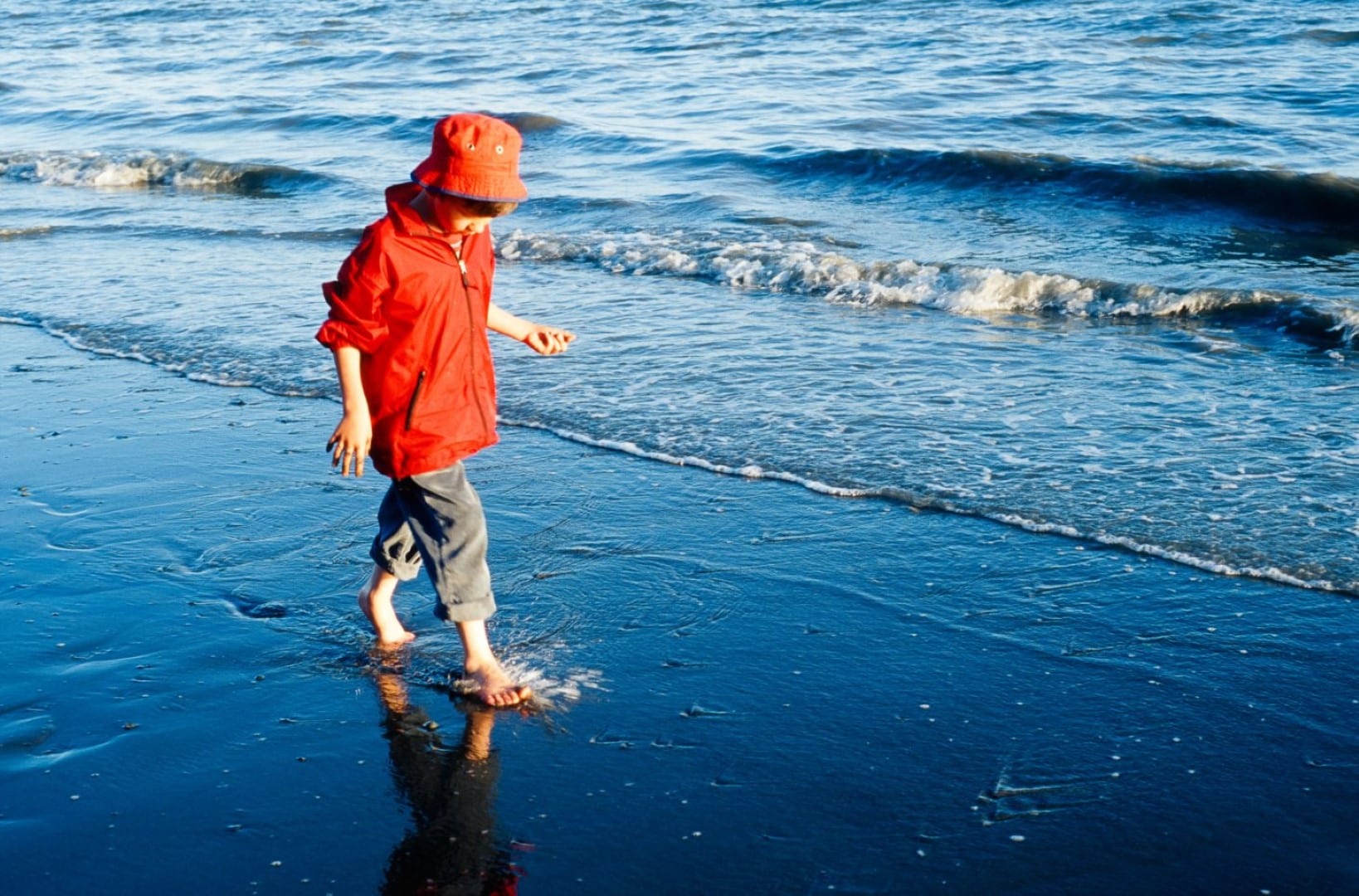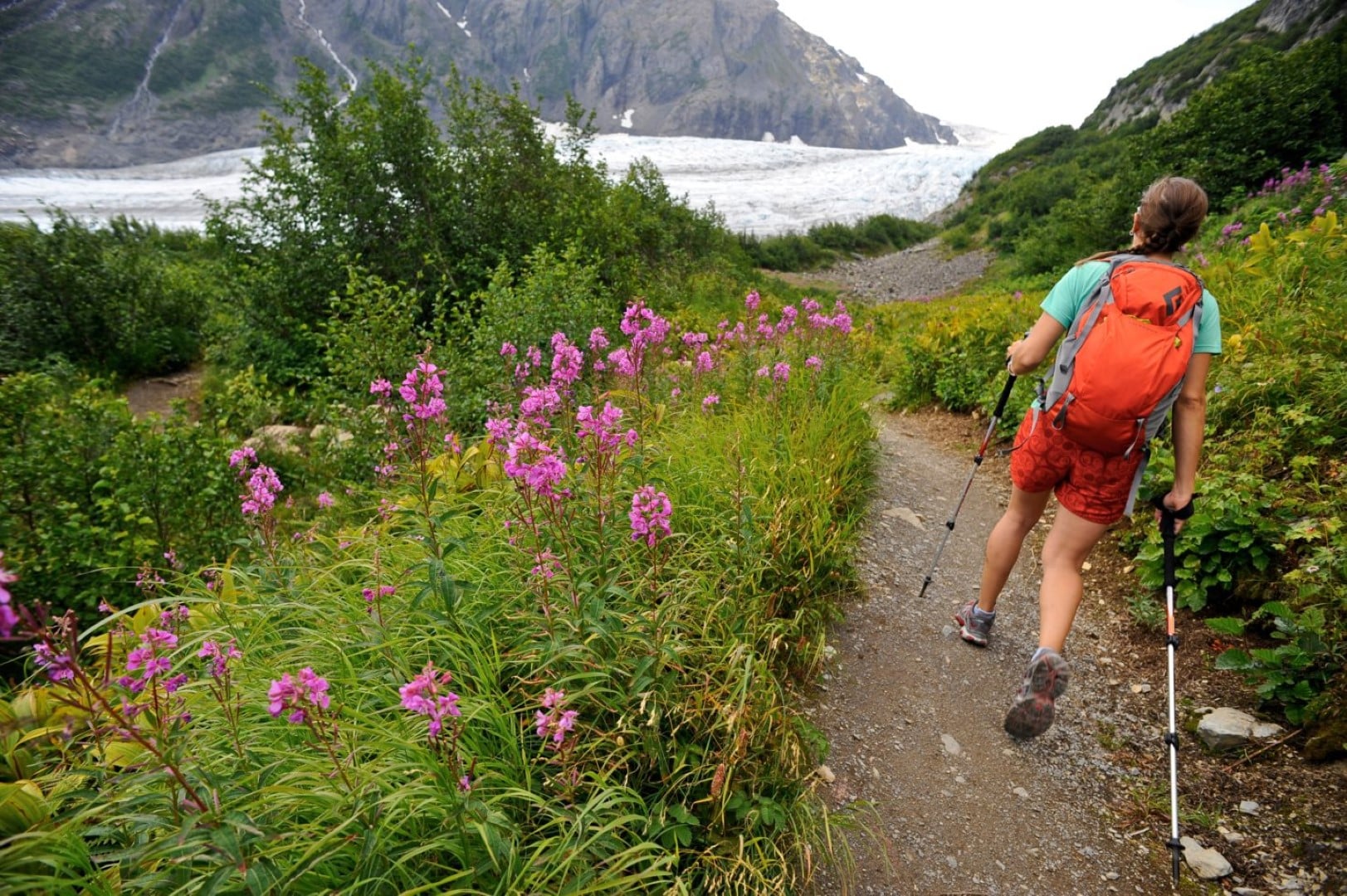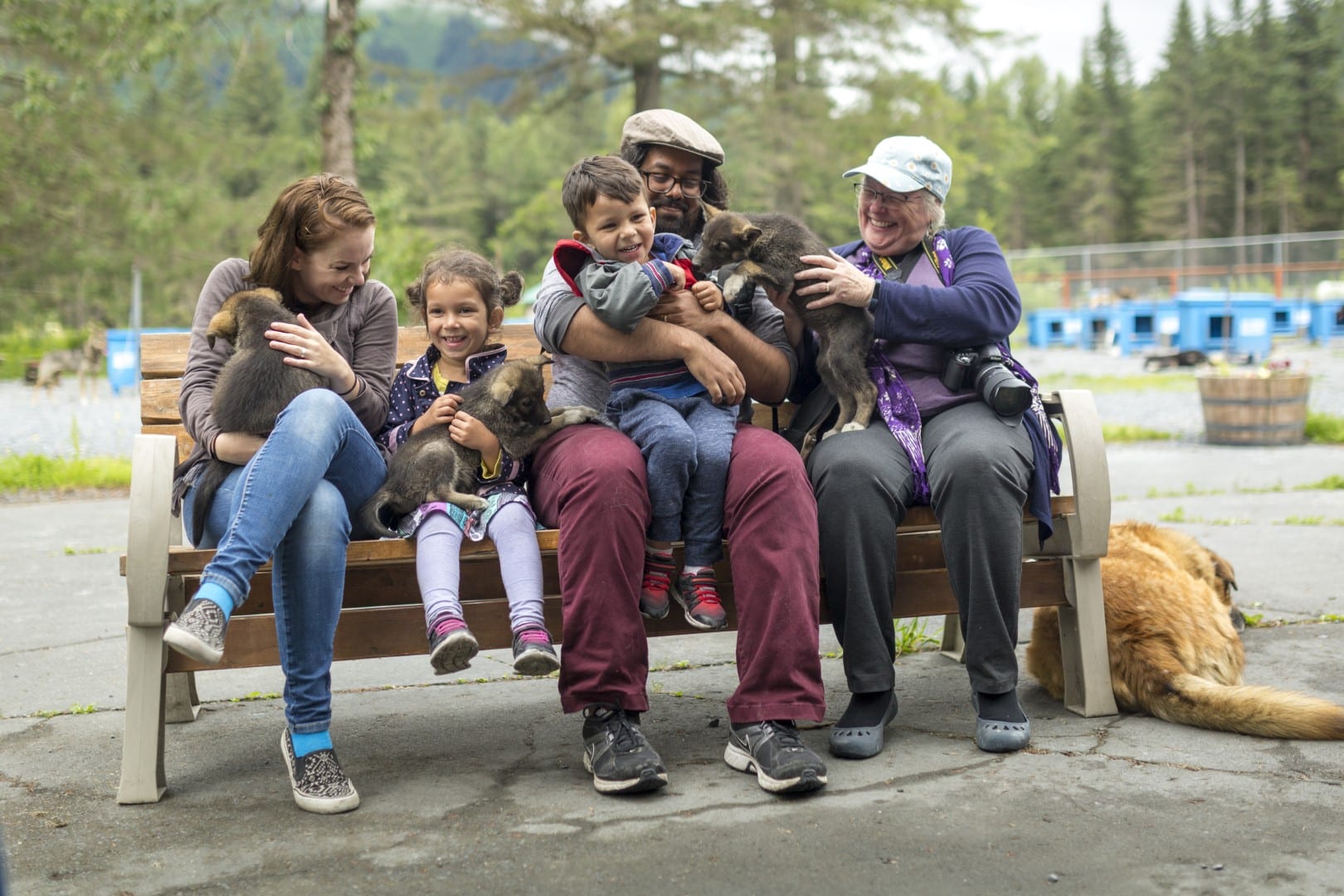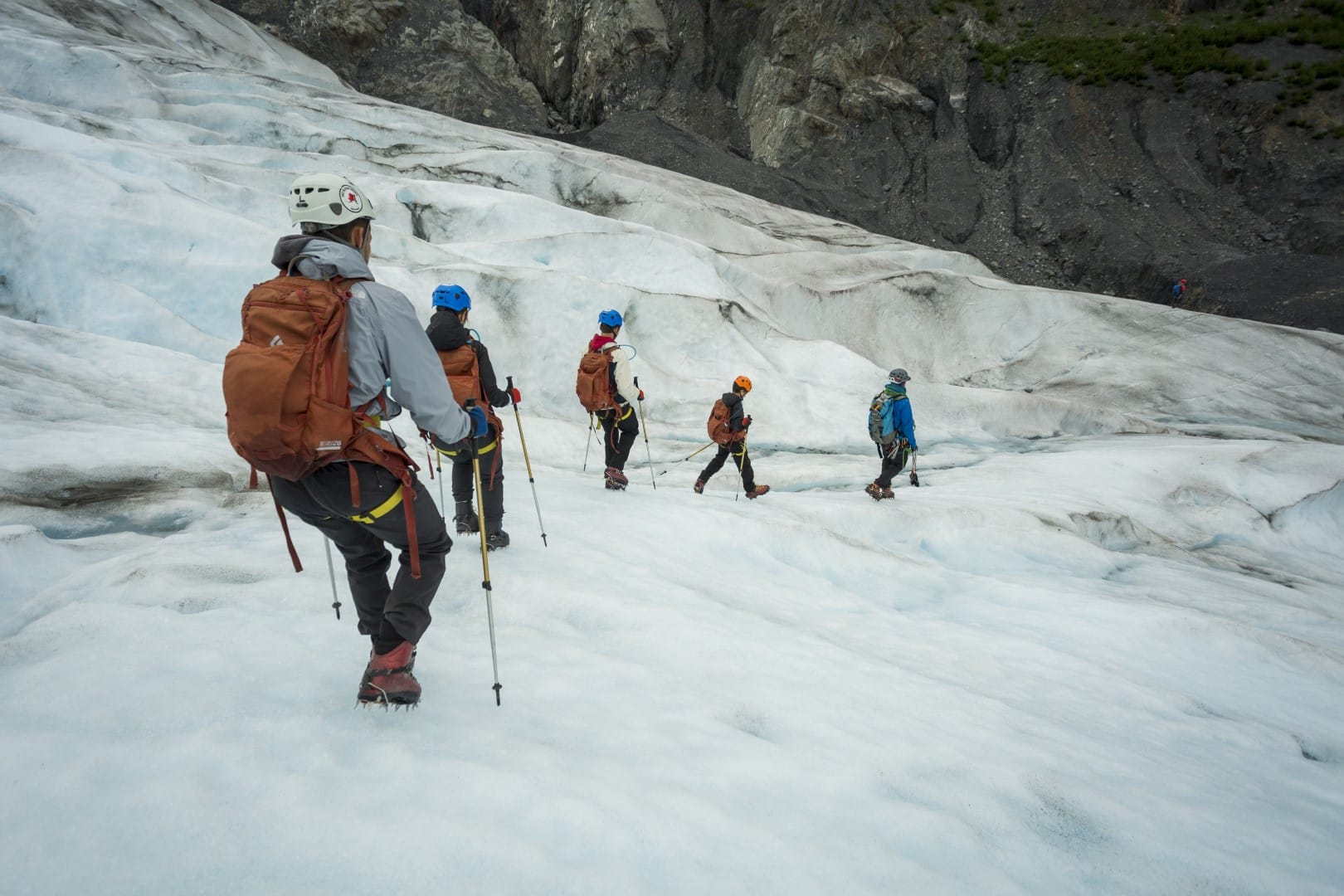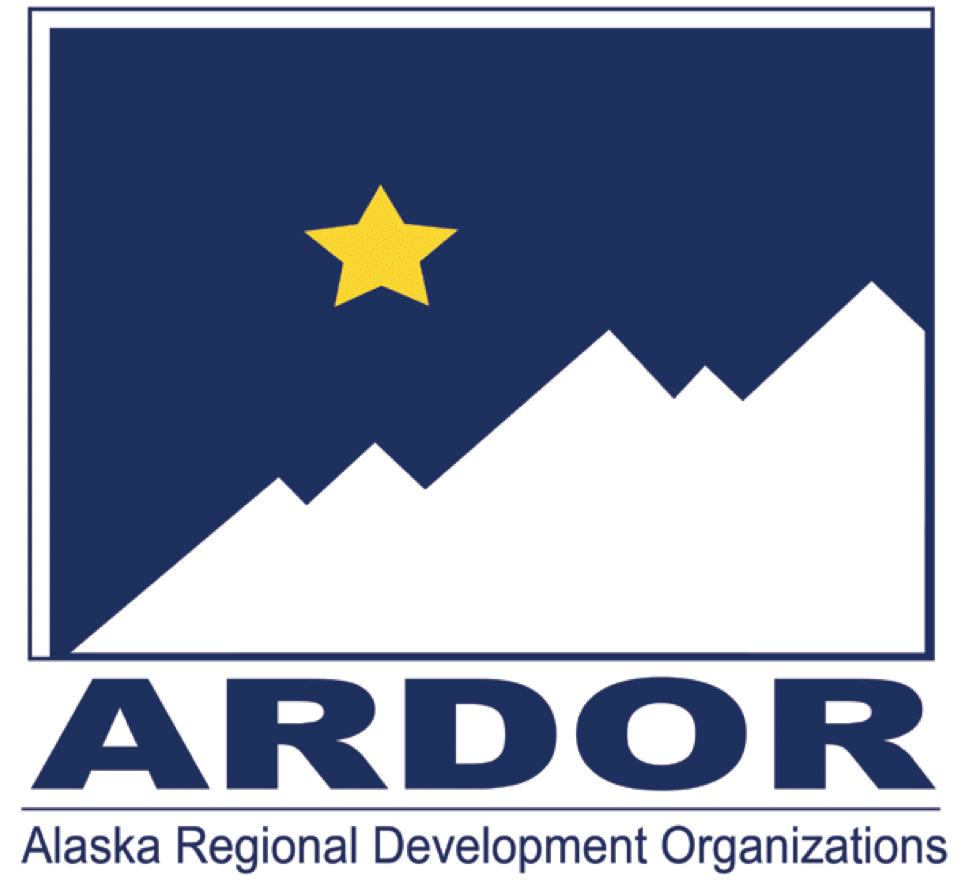Fishing & Maritime Trade
The fishing industry on the Kenai Peninsula is a vital economic driver, supported by a rich variety of fish species, including salmon and halibut, and sustained by both commercial and sport fishing activities. The Kenai Peninsula also boasts a vibrant maritime industry, characterized by active fishing fleets, bustling harbors, and services supporting both commercial and recreational marine activities.
a top sector
Commercial fishing and seafood processing together account for about three-quarters of the Peninsula’s maritime economy. The maritime sector also includes barge line operators, oil and gas vessel support, the Alaska Sealife Center researchers and staff, AVTEC maritime instructors and staff, sportfish guides and whale watch charters, marine biologists, engineers, and surveyors, fishing crews and gear retailers, fish wholesalers, local government port and harbor workers, state and federal fishery scientists and technicians, and more. Maritime work remains a top sector in the Kenai Peninsula economy.
The rich marine waters of Cook Inlet and the Gulf of Alaska have sustained the Kenai Peninsula’s Dena’ina and Alutiiq people for millennia. Of more recent vintage is the region’s commercial fisheries, which date back to the 1880s. Today, the commercial ports of Homer, Kenai, and Seward land tens of millions of pounds of salmon, halibut, and sablefish (black cod). The Alaska Department of Fish and Game (ADF&G) divide the waters around the Peninsula into two areas: Upper Cook Inlet, which includes all parts of the Inlet north of Anchor Point, and Lower Cook Inlet, encompassing waters to the south and along the outer south eastern coast from Homer to Seward. Upper Cook Inlet drift and set gillnet fisheries primarily target sockeye salmon, while Lower Cook Inlet purse seiners and set gillnetters focus on pinks. In the two areas combined, sockeyes account for the majority of the volume and value of the salmon fishery. The Kenai Peninsula’s waterways have lead to a major development of maritime and maritime-support trades. Seward and Homer both host vessel fabrication and repair facilities and infrastructure. With a large in-state fleet, research indicates that there is an opportunity to capture more of the repair and service market from Washington State. Commercial and recreational boats made in Homer are sold both in-state and in the Lower 48. SMIC features the largest marine lift in the state and several private maintenance/repair providers. AVTEC provides comprehensive training for the maritime industry, preparing crews and skilled tradesmen for this growing sector.
